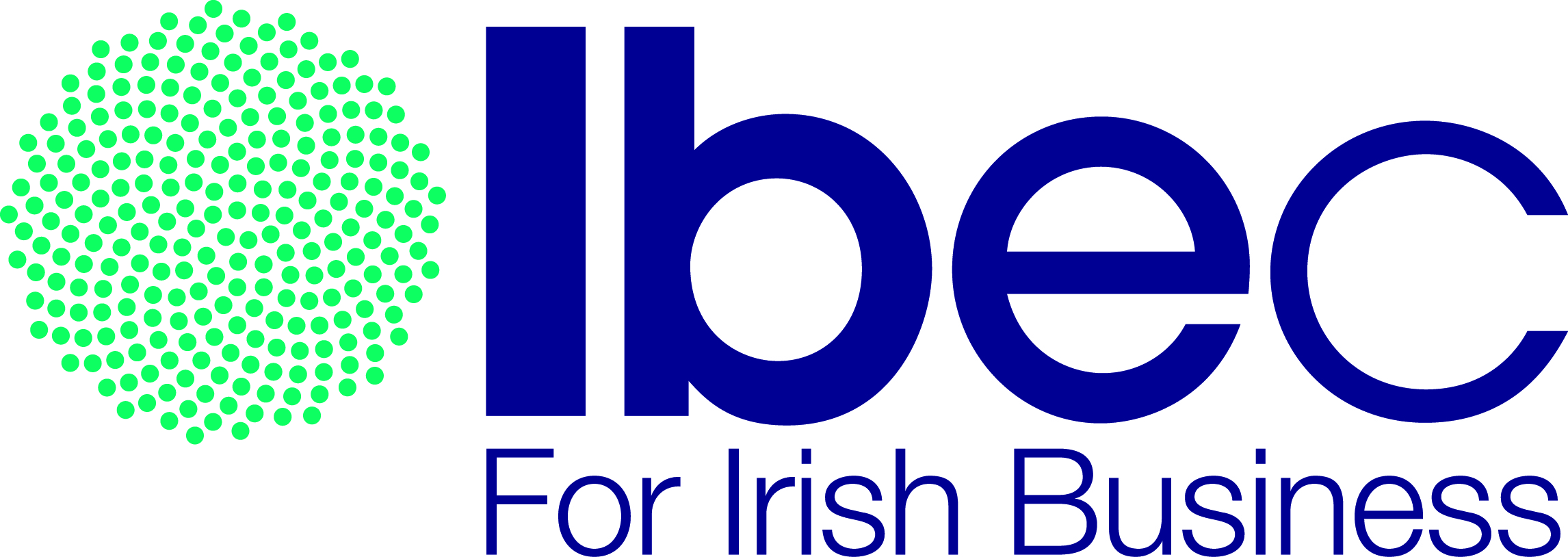
Supporting Local Sustainability: Restoring Native Oysters to the Solent
iProtectU is proud to support the Final Straw Foundation’s Native Oyster Restoration Project, helping restore
Health and Safety Software » Health and Safety Software News » Health and Safety » The Importance of Occupational Hearing Assessments

NIHL is a permanent hearing loss that is caused by exposure to loud noise over time. It is one of the most common occupational diseases in the world, and it can have a massive impact on workers’ quality of life.
How occupational hearing assessments work
Occupational hearing assessments are usually conducted by a qualified audiologist. The audiologist will ask the employee about their noise exposure history and then perform a series of tests to measure their hearing. The most common test is a pure tone audiogram, which measures the employee’s hearing thresholds at different frequencies.
Benefits of occupational hearing assessments
How often occupational hearing assessments should be conducted
The frequency of occupational hearing assessments depends on the employee’s noise exposure level. Employees who are exposed to high levels of noise should be tested more often than employees who are exposed to lower levels of noise.
Guidelines for the frequency of occupational hearing assessments
If an employee’s hearing assessment shows signs of NIHL, the employer should take steps to protect the employee’s hearing. This may involve providing the employee with hearing protection, moving them to a quieter work area, or implementing other engineering controls to reduce noise exposure.
The employer should also monitor the employee’s hearing regularly to ensure that their NIHL is not progressing.
Additional tips for employers
By providing hearing assessments for their employees and following the tips above, employers can help protect their workers’ hearing and save them money in the long run.
The iProtectU health and safety software provides:
Arrange your demonstration
Let us show you how we can transform your health and safety, risk and compliance management
Please choose a date and time for your demo. We look forward to meeting with you.

iProtectU is proud to support the Final Straw Foundation’s Native Oyster Restoration Project, helping restore

When a national voice like IBEC publishes your perspective, it matters.
This week, iProtectU

Modern HSE software has evolved into a strategic necessity, empowering organisations to manage risk proactively,

Managing personal protective equipment (PPE) doesn’t have to be a paperwork struggle. With iProtectU, safety

From work experience to an Amazon internship. Read how iProtectU helped empower a young talent

Modern organisations face increasing complexity when managing suppliers and contractors. Manual methods like spreadsheets and